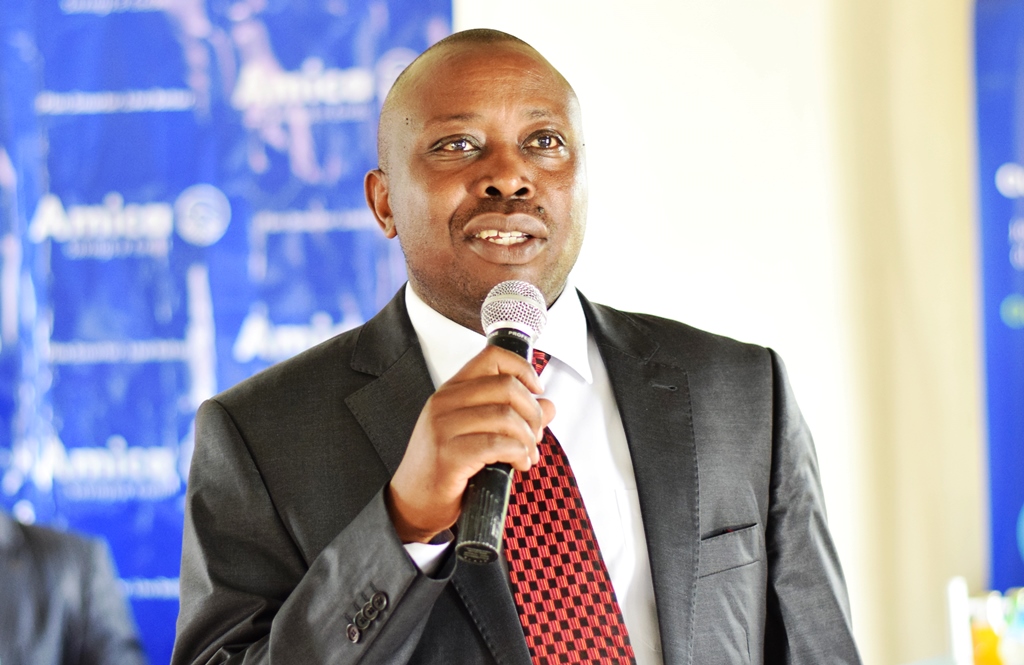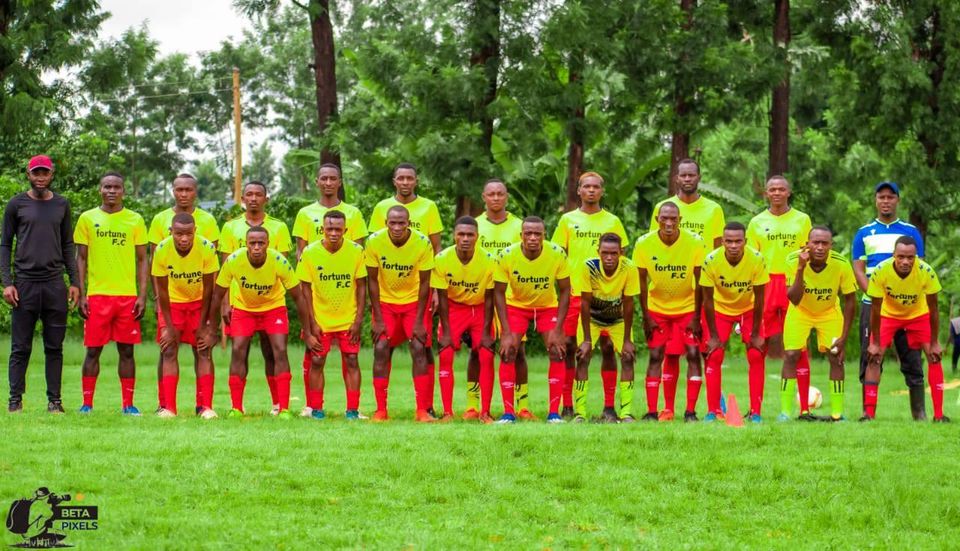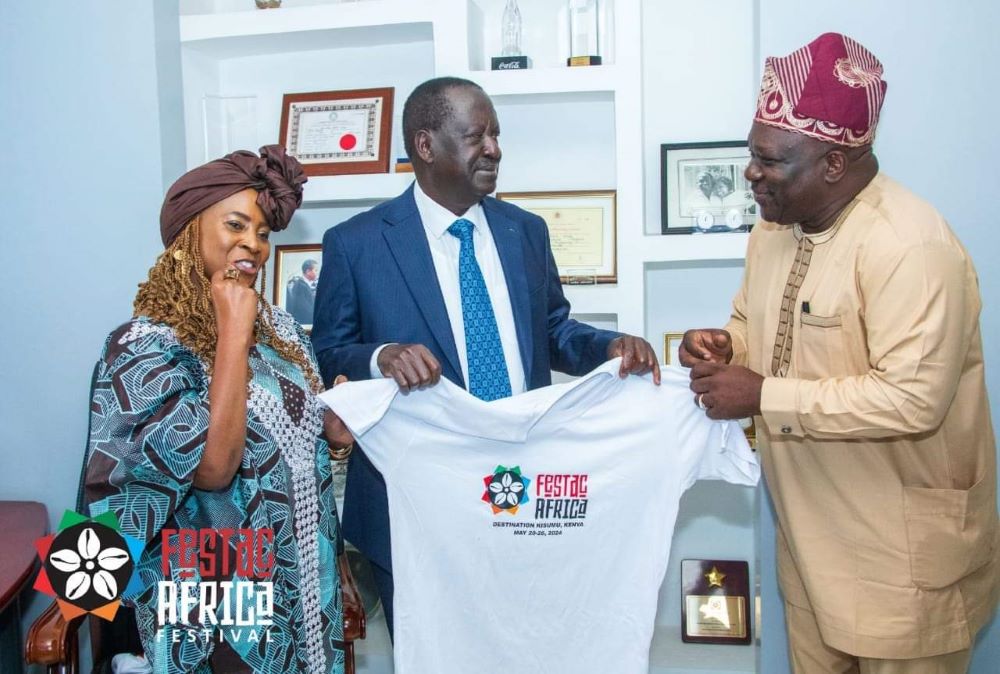By Azael Masese
Former President Uhuru Kenyatta has asked Saccos to be a major player in the country’s domestic debt market; raising a raft of concerns in the sector should it take up this lending position.
The president’s proposal comes at a time when the government is burdened with foreign debts with a large chunk of the national budget going to servicing these loans.
Borrowing from Saccos, he said, will enable the government to undertake development projects without reliance on those expensive external debts.
“I do believe that Cooperatives can be major players in the development in our social infrastructure as well. There is no reason why Cooperative savings cannot be used to build roads,” he said.
While presiding over the 100th Ushirika Day celebrations at the KICC, the President stated that the interest paid on foreign debt can instead be retained in the local economy.
“Once this is in place, the interest paid will end up in the members’ pockets and this will boost their finances by meeting other financial obligations,” he said.
The Sacco sub-sector has remained a key force in the Cooperative sector.
According to the Sacco Supervision Annual Report, 2021, the deposit-taking and non-withdrawable deposit-taking Saccos had an asset base of Ksh807.1 billion by end of 2021.
The report indicates that total deposits stood at Ksh564.89 billion.
Amica Sacco CEO James Mbui agreed that Saccos can become a major domestic lender to the government.
He noted that with the establishment of the Central Liquidity Fund (CLF), Saccos can lend to the government in a more organised manner.
Saccos, Mbui said, have been lending to the government by buying Treasury Bills.
“This is only possible if the market forces come into play and the Saccos decide where to put their money depending on the interest rates payable,” he said.
Mbui said that for Saccos to invest in the government, the interest rates must be higher than the ones commercial banks pay for their deposits.
With CLF in place, Mbui remained upbeat that Saccos with huge deposit reserves can lend to the government.
“Saccos can then become bigger players in the domestic debt market since we are able to mobilise more savings,” he said.
Mbui said that Saccos are required to maintain 15 per cent of the deposits for operations and instead of lying idle, the same can be invested to earn interest.
With an asset base of more than Ksh1.3 trillion, the entities have emerged as financial vehicles the government can turn to for financial assistance.
“This truly is the way to transform societies through equitable, sustainable and positive growth,” he said.
President Kenyatta said that regulatory and legal reforms undertaken in the sector are aimed at enhancing their growth.
“We should not only fund housing and other developments but also social development projects such as roads,” he said.
However, he advises that Saccos change their model so that they can become active domestic debt participants.
Kwetu Sacco CEO Dr Stanley Kylenzi contends that some Saccos are overwhelmed by the increasing demand for loans, exposing them to liquidity challenges.
“Some Saccos are overwhelmed by loan demands and lending to the government will leave them with serious liquidity challenges,” he said.

In most cases, Saccos resort to borrowing to meet the rising demand for loans, and therefore the need to undertake some projects to plug the gaping holes.
At the same time, the huge demand for loans may be hampered if the Saccos lend to the government without proper planning. This will be the case when members’ needs are not weighted against the enormous government market.
The obligations to pay dividends without raiding reserves is one area Kylenzi feels needs to change to enable them invest in other projects.
Due to liquidity challenges, some Saccos resort to external borrowing, with Kyelenzi calling on the change of the model so that Saccos are able to retain the surplus for long term investments like Treasury Bills and Bonds.
“Some Saccos have overgrown the original model and have to be enabled to invest in long term investments,” he said.
This will enable them not to rely only on deposits but on other incomes from other ventures.
However, he said there are a number of Saccos with huge reserves and which can be allowed to take part in the domestic lending to the government.
Saccos with double digit deposits include Mwalimu National, Stima, Kenya National Police DT Sacco, Harambee, Afya, Tower, Imarisha, UN and Unaitas.
Government securities, notably Treasury Bills, are common ways governments raise funds to meet their financial obligations.
These are short term investments which mature after three months, six months and one year, and one can invest a minimum of KSh100,000.
There are also Treasury Bonds, which are long term investments ranging from one year to 30 years.
Under Treasury Bonds, one can invest a minimum of Ksh50,000 and in most Bonds, interest payments are made after every six months.
According to the Institute of Public Finance Kenya (PFK), commercial banks have remained the biggest domestic lenders to the government.
Part of the proposal is that the Central Bank of Kenya (CBK) can diversify its domestic borrowing market, with Saccos being earmarked as a viable solution to its cash needs.
This, it says, will serve to improve Kenya’s saving culture, develop the domestic economy and raise awareness of the availability.
Kenya’s total public debt stands in the region of 68 per cent of the Gross Domestic Product (GDP), compared to 42 per cent when Uhuru took over in 2013.
Though there are critics of the excessive borrowing, fearing that this will saddle the future generation with debts, the government argues there is every reason to borrow to develop infrastructure.


